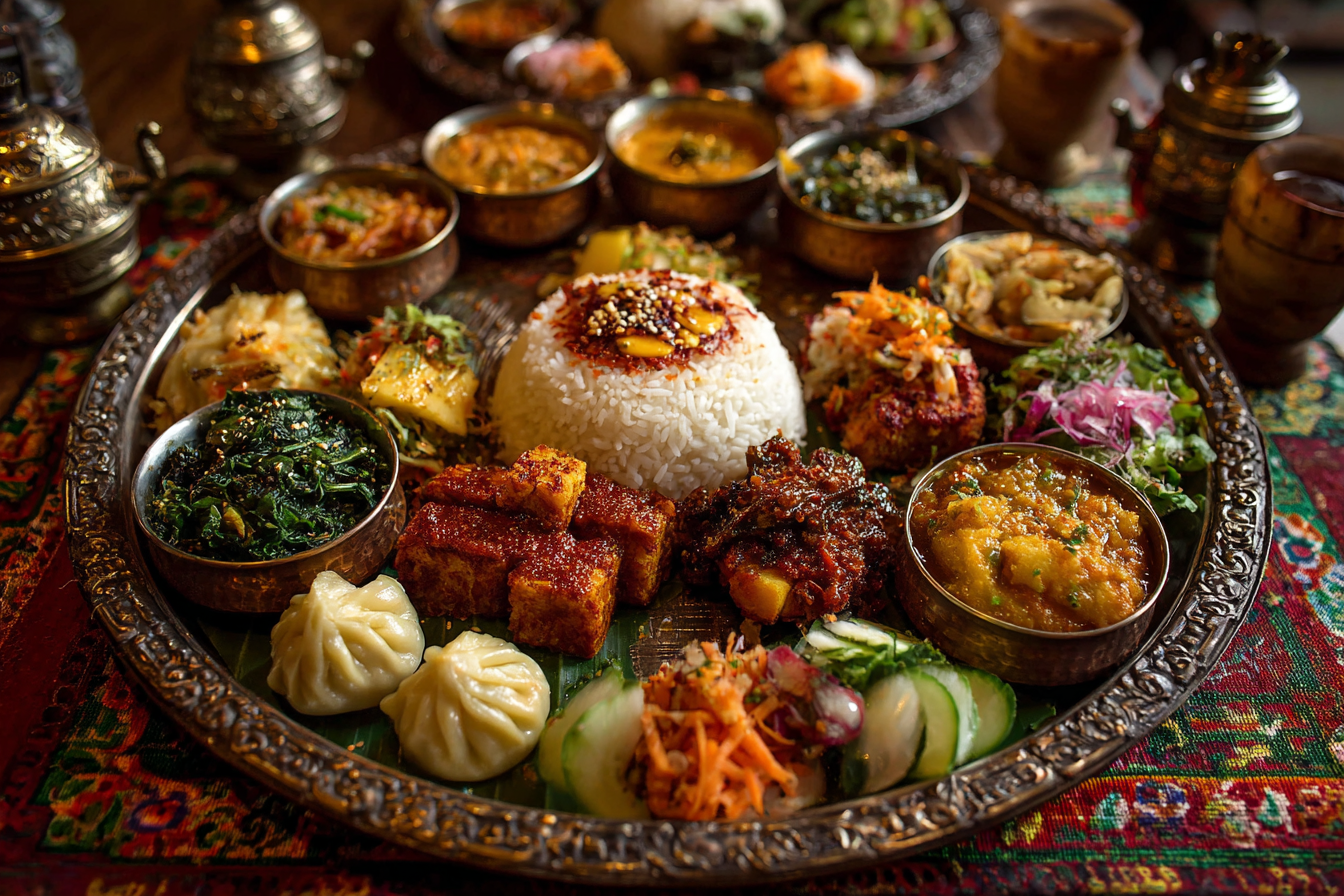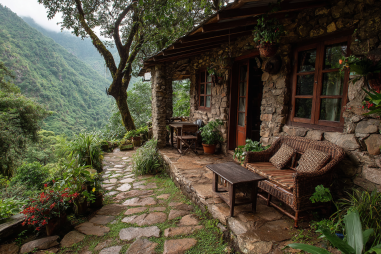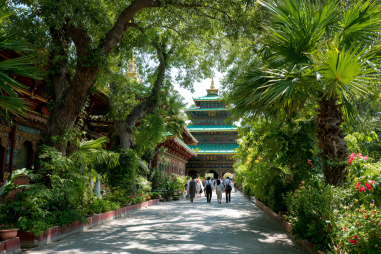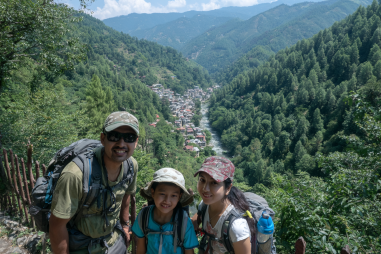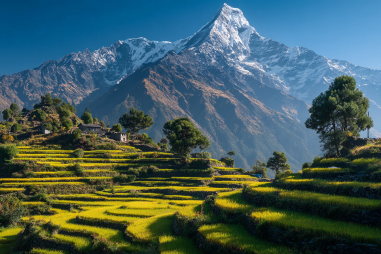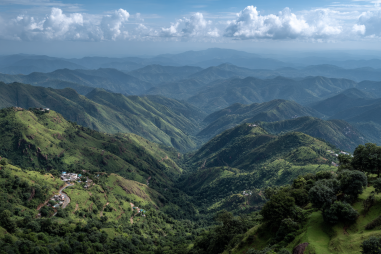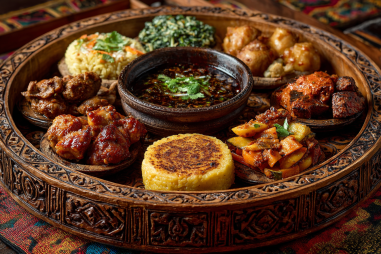Nepali cuisine is a vibrant tapestry of flavors and traditions that perfectly reflects the country’s diverse geography and rich cultural heritage. If you’re planning a trip to Nepal or simply curious about its culinary offerings, delving into its food scene is essential. From hearty staple meals to tantalizing street foods and festive specialties, Nepali food invites you to taste stories, traditions, and the warmth of Nepali hospitality. This guide will walk you through the must-try dishes and give you insider tips to enjoy Nepal through its incredible cuisine.
Introduction to Nepali Cuisine
Nepali cuisine is an eclectic blend of influences from its neighbors India, Tibet, and China, yet it retains a unique character shaped by the native ethnic groups and the Himalayan environment. It tends to be wholesome, with fresh ingredients and balanced flavors that vary from mild to spicy. Central to Nepali cooking are staples like rice, lentils, vegetables, and meats, often cooked using simple techniques that bring out natural flavors. Meals are traditionally shared, emphasizing community and connection.
Staple Dishes: Dal Bhat, Momos, Sel Roti
Nepal’s culinary identity revolves around several iconic staples that you must try:
- Dal Bhat: Often considered the national dish, dal bhat is a nutritious and comforting meal consisting of steamed rice (bhat) paired with lentil soup (dal). It’s commonly served with vegetable curries, pickles, and sometimes meat. This dish is eaten daily by many Nepalis and varies slightly depending on the region and household.
- Momos: These beloved dumplings have Tibetan origins but have been completely embraced and adapted by Nepali cuisine. Momos are filled with minced meat (chicken, buffalo, or pork) or vegetables and steamed or fried. They are usually served with a spicy tomato-based chutney, making them a perfect snack or appetizer.
- Sel Roti: A traditional homemade, ring-shaped rice bread that is slightly sweet and fried to a golden crisp. Sel roti is popular during festivals and celebrations, often eaten alongside yogurt or curry dishes. Its thick yet fluffy texture delights locals and visitors alike.
Popular Street Foods
Nepal’s bustling streets offer a treasure trove of flavorful snacks and quick bites that capture the country’s culinary diversity:
- Paani Puri: Hollow, crispy puris filled with spicy, tangy water, potatoes, and chickpeas—an addictive treat found in many street stalls.
- Chatamari: Often called Nepali pizza, chatamari is a thin rice flour crepe topped with minced meat, eggs, and herbs, cooked on a griddle and served hot.
- Yomari: Sweet rice flour dumplings stuffed with jaggery and coconut, usually prepared during the Yomari Punhi festival but enjoyed year-round.
- Fried Buffalo Meat: A popular street snack among locals, marinated buffalo meat is deep-fried and served with spicy dips.
Regional Culinary Variations
Thanks to Nepal’s varied landscapes from the Terai plains to the Himalayan mountains, regional differences enrich the national cuisine:
- Terai Region: Located in the south bordering India, food here is heavily influenced by Indian flavors. You’ll find spicier curries, an abundance of flatbreads like roti and paratha, and dhal cooked with mustard oil.
- Himalayan and Mountain Regions: The high-altitude areas have Tibetan influences with hearty meals such as steamed momos, thukpa (noodle soup), and fermented foods suited for colder climates.
- Newar Cuisine: The Newars of Kathmandu Valley take great pride in their elaborate food culture, featuring dishes like bara (lentil patties), kwati (mixed bean soup), and a variety of meat and vegetable preparations served during their festivals.
Where to Eat: Markets, Street Food Stalls, and Restaurants
Whether you want an authentic local meal or a trendy fusion dish, Nepal’s food scene has it all. Here’s where to go to experience it:
- Local Markets: Places like Asan Bazaar in Kathmandu and the markets in Pokhara are great for tasting fresh street food and picking up ingredients.
- Street Food Stalls: Wander through bustling lanes in Thamel, Patan, or Biratnagar to find countless stalls offering everything from momos to chatamari and grilled meats.
- Restaurants: For more formal dining, numerous eateries cater to a range of tastes. Look for places that specialize in traditional Nepali cuisine like Bhojan Griha for a cultural dining experience or new foodie hubs that experiment with Nepali fusion.
Food Etiquette and Tips
Understanding local dining customs enhances your food experience in Nepal:
- Use Your Right Hand: Eating with your right hand is customary, especially when eating dal bhat and rice. Avoid using the left hand as it is considered unclean.
- Sharing is Common: Meals are often served family-style or shared with friends, which fosters bonding and signifies hospitality.
- Respect Religious Food Practices: Many Nepalis are vegetarian or avoid beef due to religious beliefs, so be mindful when ordering or offering food.
- Stay Hydrated Safely: Opt for bottled or boiled water to avoid stomach issues, and try traditional herbal teas when you can.
Special Festival Foods
Nepal’s festivals are light shows of color, rituals, and special foods that highlight local customs:
- Tihar: During the festival of lights, sweets like sel roti, laddoo, and peda are widely consumed and shared among friends and family.
- Dashain: The longest festival in Nepal, where meat dishes like goat curry and buffalo preparations are often the centerpiece meals.
- Yomari Punhi: This festival celebrates the harvest with the sweet delicacy yomari, symbolizing prosperity and happiness.
Vegetarian and Vegan Options
Nepal is increasingly accommodating to vegetarian and vegan diets, reflective of its Hindu and Buddhist traditions:
- Dal Bhat Tarkari: Easily vegan if prepared without ghee or butter, it is a wholesome combination of lentils, rice, and seasonal vegetables.
- Vegetable Momos: Filled with cabbage, carrots, and herbs, these make a delicious vegan snack.
- Thali Meals: Nepali thalis often include multiple vegetable curries, pickles, and chutneys, providing variety and nutrition.
- Lentil Soups and Stews: Various vegetarian soups like kwati or gundruk ko jhol (fermented greens soup) offer unique flavors for vegan eaters.
Choosing vegetarian or vegan options will not limit your culinary adventure but can instead open doors to unique dishes you might not find elsewhere.
Food as a Cultural Journey in Nepal
Exploring Nepal through its cuisine is more than just tasting new dishes—it’s about immersing yourself in the customs, history, and community spirit that food embodies here. Each meal is a celebration of local ingredients, ancient recipes, and the generosity of Nepali people. Whether you’re savoring a simple plate of dal bhat with a Nepali family or enjoying momos at a lively street corner, you’re part of a cultural exchange that is as rich as the flavors on your plate. So bring your appetite and your curiosity—Nepal’s culinary delights await to welcome you with warm, flavorful hands.

